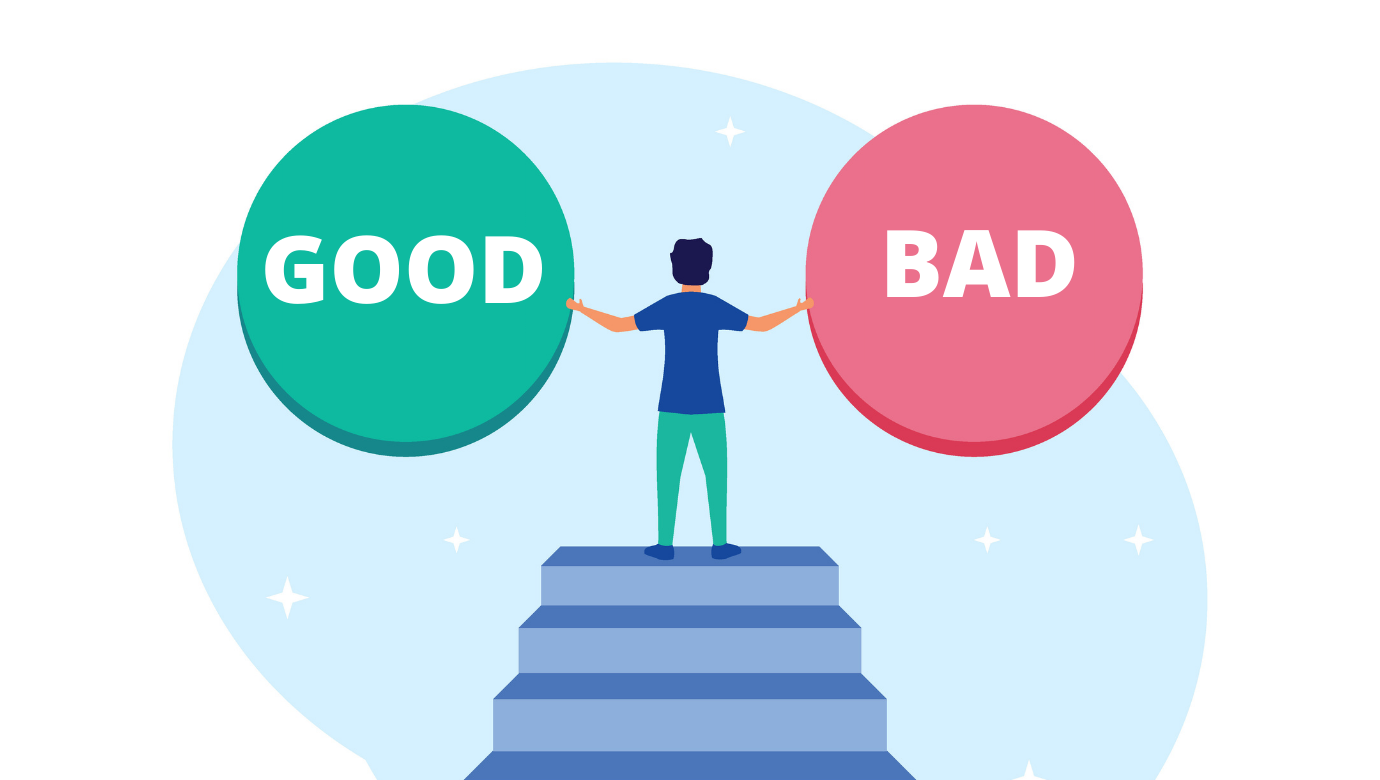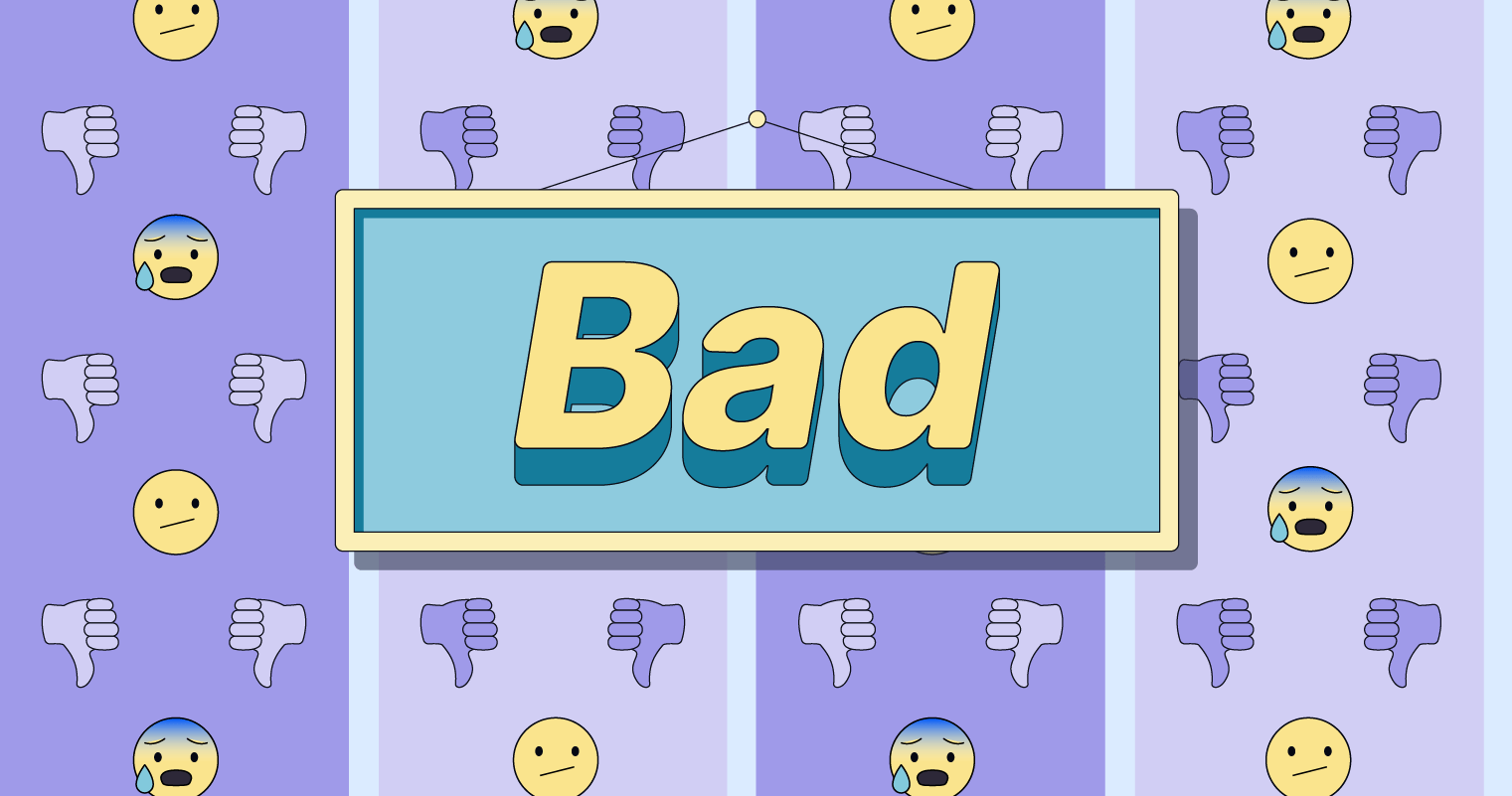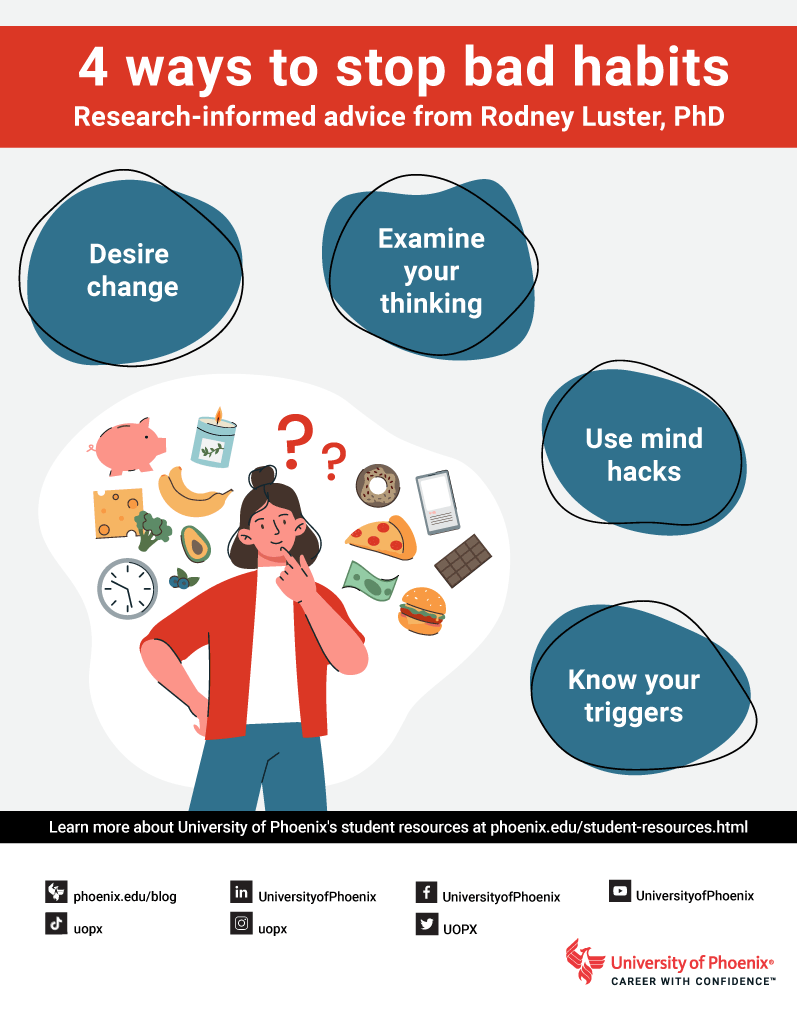Bad Barbie - The Story Of Internet Fame
There's a fascinating thing happening in popular culture, it's almost like a reflection of how quickly things can change, you know? The idea of a "bad barbie" has popped up, and it really captures something about how people become known online. It’s not just about looking a certain way; it's about a whole vibe, a way of being that catches everyone's eye. This kind of identity, which is more or less about being bold and maybe a little bit rebellious, seems to connect with a lot of people who are watching.
This idea, or you could say, this kind of public image, has found a home with a couple of figures who have really made a splash. One person who comes to mind immediately is Danielle Bregoli, someone many know as Bhad Bhabie. She, you see, first became famous in a very unexpected way, and then she sort of carved out a path for herself in music and on social media. Her journey, in some respects, shows how a moment of internet buzz can turn into a full-blown career, actually.
Then there's Kelsey Turner, who also gained attention as "badd barbie" through her presence on Instagram. Her story, too, was even featured on a television show, which just goes to show how much interest these kinds of public figures can generate. Both of these individuals, in their own ways, illustrate how the internet can create these really unique kinds of fame, often built around a strong, memorable character.
Table of Contents
- Who is Danielle Bregoli, also known as Bhad Bhabie?
- What Makes a "Bad Barbie" Persona?
- Music and the "Bad Barbie" Sound
- Who is Kelsey Turner, the Other "Bad Barbie"?
- How Does Social Media Shape "Bad Barbie" Identities?
- What Are the Health Concerns Around "Bad Barbie"?
- How Do These Figures Influence Culture?
Who is Danielle Bregoli, also known as Bhad Bhabie?
Danielle Peskowitz Bregoli, born on March 26, 2003, is someone who, you know, really made a name for herself in the public eye. She's widely recognized by her stage name, Bhad Bhabie, which is pronounced like "bad baby." She's an American rapper and also someone who has a big presence online. Her path to becoming a well-known figure is, in some ways, quite unique, starting with a moment that captured a lot of attention.
Her public life, you could say, has involved quite a few different things, from making music to sharing parts of her everyday existence with a very large audience. She’s definitely someone who, for better or worse, has been in the public conversation for a while now. Her journey, it seems, just keeps unfolding in front of everyone.
Personal Details and Bio Data
| Detail | Information |
|---|---|
| Full Name | Danielle Peskowitz Bregoli |
| Born | March 26, 2003 |
| Known As | Bhad Bhabie |
| Nationality | American |
| Occupations | Rapper, Internet Personality |
Early Life and Rise to Fame - The "Cash Me Outside" Bad Barbie Moment
Danielle Bregoli's rise to public awareness, honestly, came about in a very unexpected way. She appeared on a television show, and during that appearance, she uttered a phrase that, well, became a sort of rallying cry for internet jokes and memes. The words "cash me outside, how about that" became something people repeated everywhere, and it just sort of stuck. This moment, you know, instantly turned her into an internet sensation, making her face and voice recognizable to millions, nearly overnight.
This initial burst of fame, you might think, could have been fleeting, but she managed to hold onto it and then some. From being a viral moment, she actually started to build a career, which is pretty remarkable. She picked up rapping as a way to express herself, really, after gaining so much attention. This shift from a television appearance to a music career shows a lot about how people can, in a way, use internet fame as a springboard for other things.
Her beginnings were, in some respects, quite rough around the edges, but that very rawness seemed to resonate with a lot of people. It’s almost as if her unpolished nature made her more relatable, or at least more interesting, to a young audience who saw something of themselves in her outspoken manner. This is how, you know, a sort of "bad barbie" image began to take shape for her, representing a different kind of public figure.
What Makes a "Bad Barbie" Persona?
The idea of a "bad barbie," when you think about it, isn't just about one person; it's more of a type, a kind of character that seems to thrive in the online world. It often involves someone who is, you know, very outspoken, maybe a little bit defiant, and certainly not afraid to show their true colors, even if those colors are a bit messy. This persona often challenges traditional ideas of what it means to be "perfect" or "polished," which is something many people find refreshing.
For figures like Danielle Bregoli and Kelsey Turner, this image seems to be a big part of their appeal. They present themselves as real, sometimes raw, and not always conforming to what society might expect. This authenticity, or at least the perception of it, can be incredibly magnetic. It allows them to connect with an audience that, in some respects, might feel overlooked by more conventional celebrities. They are, you could say, a different kind of role model, one that embraces imperfections and a more rebellious spirit.
This "bad barbie" type also seems to thrive on controversy and direct communication. It’s not about being universally loved, but about being memorable and creating a stir. The language they use, the way they present themselves, and their reactions to public opinion often feed into this image. It's a very active kind of public identity, where they are constantly, you know, putting themselves out there and inviting reactions.
Music and the "Bad Barbie" Sound
After her initial burst of internet fame, Danielle Bregoli, as Bhad Bhabie, made a pretty clear pivot into the music world. She started putting out her own songs, and this was, in some ways, a very natural progression for someone who had already captured so much attention with her distinctive way of speaking. Her music, too, often reflects the same kind of bold, no-nonsense attitude that made her famous in the first place, which is something her fans really seem to enjoy.
Her sound, you know, generally falls into the rap genre, and she has worked with some pretty big names in the music business. This move from internet personality to recording artist is, in a way, a testament to how quickly people can adapt and create new opportunities for themselves in the public eye. She’s been quite prolific, putting out various tracks and even a mixtape, showing that she's serious about her musical endeavors, basically.
The music she makes often has a sort of directness to it, which mirrors her public persona. It’s about telling it like it is, often with a confident and assertive tone. This consistency between her image and her sound is, perhaps, one of the reasons her music has found an audience. It just feels, you know, like a very authentic extension of who she is as a public figure.
Notable Tracks and Collaborations - The Bad Barbie Beat
Bhad Bhabie has put out a number of songs that have gained traction, and some of these have featured other well-known artists. For example, her list of music includes tracks like "Kodak Black 15 (intro)," which gives you a sense of the kind of collaborations she's been involved with. She also has songs like "Thot Opps (Clout Drop)" and "Bout That," which are, you know, pretty indicative of her style and the themes she often explores in her lyrics.
One of her more recognized songs is "Trust Me," which features Ty Dolla $ign, showing her ability to work with established musicians. And then there’s "Gucci Flip," which is another one that people often associate with her. These tracks, you know, help to define what you might call the "bad barbie" beat—a sound that is assertive, catchy, and very much her own. She's been quite consistent in putting out "all my bhad bhabie music shit," as the text puts it, which really shows her dedication to her craft.
These musical efforts, you see, are more than just casual releases; they are part of building her brand and cementing her place in the music industry. It’s a way for her to, basically, keep her audience engaged and to keep evolving beyond just being an internet personality. The collaborations, in particular, highlight how she’s been able to gain acceptance within the music community, which is pretty significant for someone who started out in such an unconventional way, honestly.
Who is Kelsey Turner, the Other "Bad Barbie"?
While Danielle Bregoli is widely known as Bhad Bhabie, the source material also mentions another figure who has been called "badd barbie": Kelsey Turner. She is an Instagram model, and her story, you know, actually drew enough public interest to be featured on a television program. This shows that the "bad barbie" label isn't just tied to one person; it seems to be a kind of public designation for certain types of internet personalities who capture attention.
Kelsey Turner's narrative, you could say, found its way into a broader public discussion through a special segment on "20/20." This program, which first aired in 2023 and then again in August, focused on telling her story. It’s pretty clear that her presence online, and whatever events surrounded her life, made for compelling viewing, enough to warrant a dedicated television piece, basically.
Her connection to the "badd barbie" name highlights how these public identities can be shaped and shared across different platforms. While Bhad Bhabie built her fame through a viral moment and then music, Kelsey Turner's recognition seems to stem more directly from her role as an Instagram model. Both, however, share that distinct "bad barbie" moniker, which is, you know, quite interesting to observe.
The Instagram Model and Her Story - A Different Kind of Bad Barbie
Kelsey Turner, as an Instagram model, represents a slightly different aspect of the "bad barbie" idea. Her public image is, you know, rooted in visual content and the curated world of social media platforms like Instagram. She gained a following there, and her tens of millions of likes and followers on TikTok as "BAD BARBIE (@badbaarbie)" show just how popular this kind of online presence can be. It’s about creating a strong visual identity that resonates with a very large audience.
Her activities online include sharing vlogs about her daily life, fashion choices, travel experiences, and other personal interests. This kind of content, you know, allows her followers to feel like they are getting a glimpse into her world, which can create a strong sense of connection. She also uses platforms like TikTok, where she has an enormous number of likes and followers, and even a Telegram group called "Bad Barbie's girlsss💅🏻." This really shows how she cultivates a community around her public persona.
The fact that her story was picked up by a show like "20/20" suggests that there's more to her public identity than just pretty pictures. It implies that her life, or certain events within it, became a subject of significant public interest, enough to be broadcast on national television. This is, in a way, a very different path to public recognition compared to, say, a viral video, but it still leads to that same "bad barbie" association, which is pretty telling.
How Does Social Media Shape "Bad Barbie" Identities?
Social media platforms are, you know, incredibly important for how these "bad barbie" identities are formed and shared. For figures like Bhad Bhabie and Kelsey Turner, sites like TikTok, Instagram, and even YouTube become the main stages where they present themselves to the world. It’s where they publish content, whether it's vlogs about their daily routines, fashion insights, or snippets of their music. These platforms allow for a very direct and constant connection with their audience, which is pretty vital for maintaining public interest.
The sheer scale of their following on these platforms is, honestly, quite astonishing. Bhad Bhabie, for instance, has millions of likes on TikTok, and Kelsey Turner's "BAD BARBIE" account also boasts hundreds of millions of likes and millions of followers. This kind of reach means that their content, and the "bad barbie" image they project, can spread very quickly and widely. It’s a very powerful tool for building a personal brand, basically, allowing them to bypass traditional media gatekeepers.
These platforms also allow for a kind of ongoing narrative. People can follow their lives, see their reactions, and feel like they are part of their journey. This continuous stream of content helps to solidify their "bad barbie" persona in the public mind. It's a very active process of self-presentation, where they are constantly, you know, reinforcing who they are and what they represent to their followers.
What Are the Health Concerns Around "Bad Barbie"?
The public's attention to figures like Bhad Bhabie isn't always about their music or online content; sometimes it extends to their personal well-being. The text mentions that "Bhad Bhabie has got everyone worried," and that she gave a "status update on her health after revealing a supposed cancer diagnosis earlier this month." This shows that public figures, especially those with a "bad barbie" type of persona, often find their personal struggles becoming very public matters, which is, you know, a lot to deal with.
When someone with such a large following shares something so personal, it naturally creates a wave of concern among their fans and the broader public. The phrase "got everyone worried" really captures the collective sentiment that can arise when a well-known person faces health challenges. It highlights how connected people feel to these online personalities, almost as if they are, you know, part of their own extended social circle.
This aspect of her story, while personal, becomes part of the larger "bad barbie" narrative in the public sphere. It shows that even those who project a tough or rebellious image are still human, and they face real-life difficulties. The way these health updates are shared and received online is, in a way, another example of how social media blurs the lines between public and private life for these individuals, which is pretty significant.
How Do These Figures Influence Culture?
Figures like Bhad Bhabie and Kelsey Turner, embodying the "bad barbie" idea, have a pretty clear impact on popular culture, you know? They show how quickly someone can go from being an unknown person to a widely recognized name, often through a single viral moment or a strong online presence. This kind of rapid ascent changes how people think about fame and what it takes to become a public figure, basically.
Their influence extends to how younger generations communicate and express themselves. The "cash me outside" catchphrase, for example, became a part of everyday language for a while, showing how a single line from a television show can, in a way, become a cultural touchstone. Their style, their music, and their general attitude also resonate with many, shaping trends in fashion, music, and online behavior. They are, in some respects, trendsetters for a certain demographic, which is quite powerful.
Moreover, these individuals challenge traditional notions of celebrity. They didn't come up through conventional channels like acting schools or record labels first; their fame was born directly from the internet. This shift means that anyone, arguably, with a unique personality and a phone, can potentially become a "bad barbie" type of figure. It's a very democratic, if sometimes chaotic, way for new voices and images to emerge and influence the broader cultural conversation, which is pretty fascinating.

When bad means good - Lesson Plan - ESL Brains

Other Ways to Say “Bad”, With Examples | Grammarly

4 Ways to Break Bad Habits | University of Phoenix